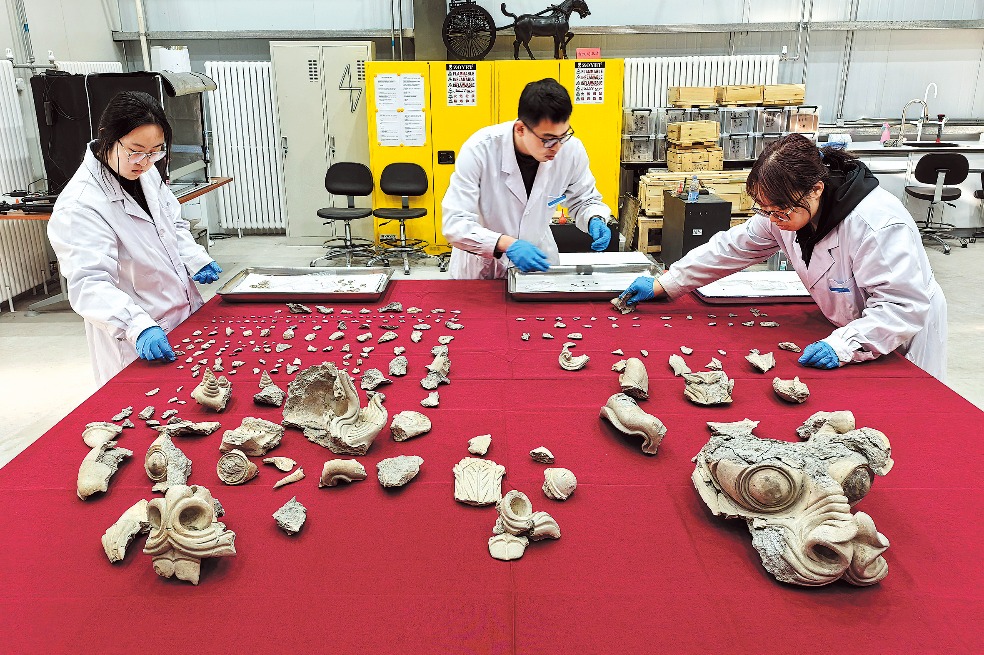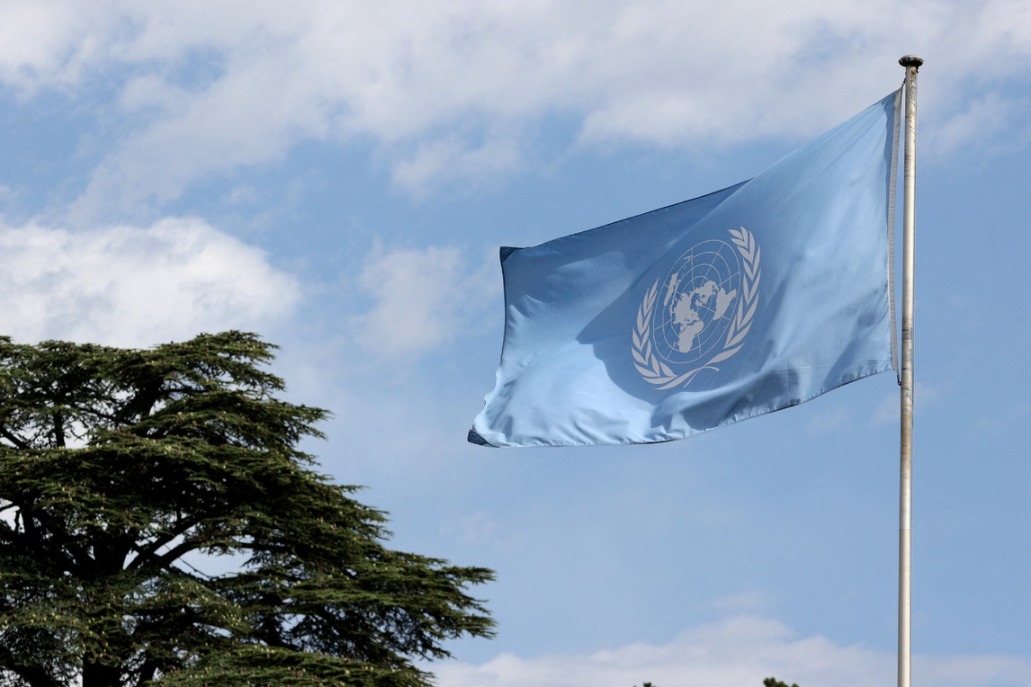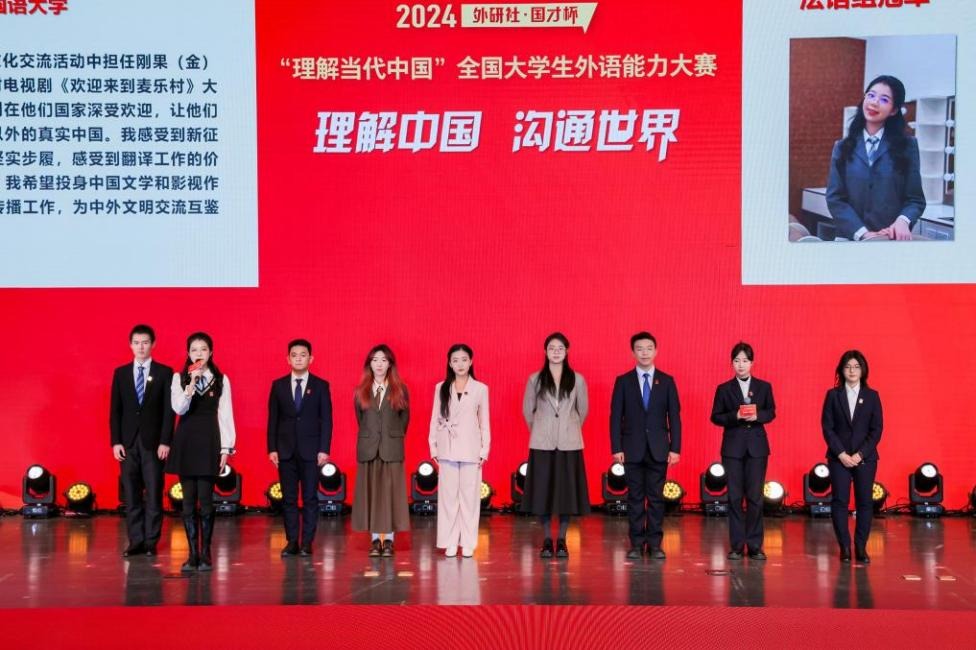Asia-Pacific must boost trade resilience


The global trade environment is changing at a rapid pace, with Asia and the Pacific being on the front line. The US tariffs announced in April have sent shockwaves through the global value chains, threatening exports, jobs and investment across the region. For economies already struggling to meet the UN Sustainable Development Goals, this adds additional hurdles to overcome.
Many countries in the Asia-Pacific are deeply integrated into global value chains. Cambodia and Vietnam, whose more than 25 percent exports are US-bound, could see a significant decline in trade revenue if retaliatory tariffs or disruptions escalate. Countries such as Laos, Mongolia and Brunei which are part of upstream supply chains could face indirect but potentially larger knock-on effects.
The tariff burden can be particularly damaging for economies with narrow export bases and high reliance on imported inputs, in contrast to larger economies with sizeable domestic markets or more diversified export structures which can largely absorb the trade shocks.
Export-oriented sectors, such as textiles and machinery, particularly in smaller and less-diversified economies, can be especially vulnerable to the shocks. These sectors are often labor-intensive, employing many lower-skilled and women workers who face disproportionate risks of job loss. And business investment and strategic decision-making could be affected by unpredictability, potentially constraining their future economic growth.
Although the intensity of these impacts would vary, the broader outcome is clear: heightened uncertainty dampening regional trade flows, deterring investment and complicating long-term development.
To effectively respond to the changing global trade landscape, policymakers should take a longer-term view on reforms and put in place forward-looking strategies, even as they seek stability in the near term. An important step would be to deepen evidence-based analysis to identify where the risks and gaps lie, including by assessing both direct and indirect exposure to the tariffs through value chain linkages. Tailored support for hard-hit export sectors, especially for micro, small and medium-sized enterprises, would be vital.
Governments, on their part, need to accelerate the digitalization of trade-streamlining customs procedures, adopting cross-border paperless trade systems, and enabling seamless data flows across supply chains — to reduce trade costs and improve efficiency. They also should make efforts to strengthen their broader structural resilience and diversify their trade partners and products in the long run, in order to reduce their overreliance on a single market. These steps can cushion the impact of future trade shifts and help smaller exporters stay competitive.
Expanding trade in digitally delivered services, such as in financial, business and different professional services, offers a promising pathway. These sectors have been less affected by recent trade tensions and could help offset some of the disruptions in goods trade.
Besides, countries should prioritize policies that promote domestic consumption, foster innovation and address supply-side constraints, thus expanding their development base and reducing vulnerability to external shocks. Strategic potential may lie in the possible realignment of global supply chains toward the Asia-Pacific. On the other hand, countries graduating from least-developed status and facing the loss of trade preferences, as well as middle-income countries striving to move up the value chain, could leverage new avenues and invest in economic diversification and industrial upgrading.
More fundamentally, policy coherence, stability and predictability must remain key to trade, investment and business engagements. In an environment where uncertainty undermines economic confidence, especially for smaller or more exposed economies, upholding a transparent, multilateral rules-based system has become more important than ever.
Regional cooperation and integration will be increasingly critical. Reinforcing intra-regional trade and investment can reduce exposure to global disruptions and help build more resilient economic ecosystems, deeper engagement in sub-regional mechanisms such as ASEAN and mega-trade agreements like the Regional Comprehensive Economic Partnership and the Comprehensive and Progressive Agreement for Trans-Pacific Partnership, along with initiatives such as ESCAP's Framework Agreement on Facilitation of Cross-Border Paperless Trade, which offer a way forward.
Moreover, economies should prioritize regulatory convergence and harmonization, enhanced supply chain linkages and cross-border trade digitalization to strengthen connectivity and competitiveness. To further aid smaller and less-developed economies with limited trade negotiation and policy capacities, governments could consider reducing or exempting tariffs on their goods. As economies navigate an increasingly volatile global environment, such collaboration will be crucial for supporting policy adaptation to the shifting dynamics.
The Asia-Pacific region has bounced back from crises in the past, but the challenges it faces today require coordinated, forward-looking responses. With the right policies and strengthened regional partnerships, the region's economies can turn the current trade headwinds into an opportunity to build more inclusive, diversified and resilient economies.
The Economic and Social Commission for Asia and the Pacific stands ready to support economies in this effort through targeted technical assistance, regional dialogue platforms and data-driven tools that help governments diagnose vulnerabilities, prioritize interventions and coordinate policy responses. The decisions made now will determine whether the Asia-Pacific will emerge stronger or more vulnerable in a reshaped global trade landscape.
The author is under-secretary-general of the United Nations and executive secretary of ESCAP. The views don't necessarily reflect those of China Daily.
If you have a specific expertise, or would like to share your thought about our stories, then send us your writings at opinion@chinadaily.com.cn, and comment@chinadaily.com.cn.


































